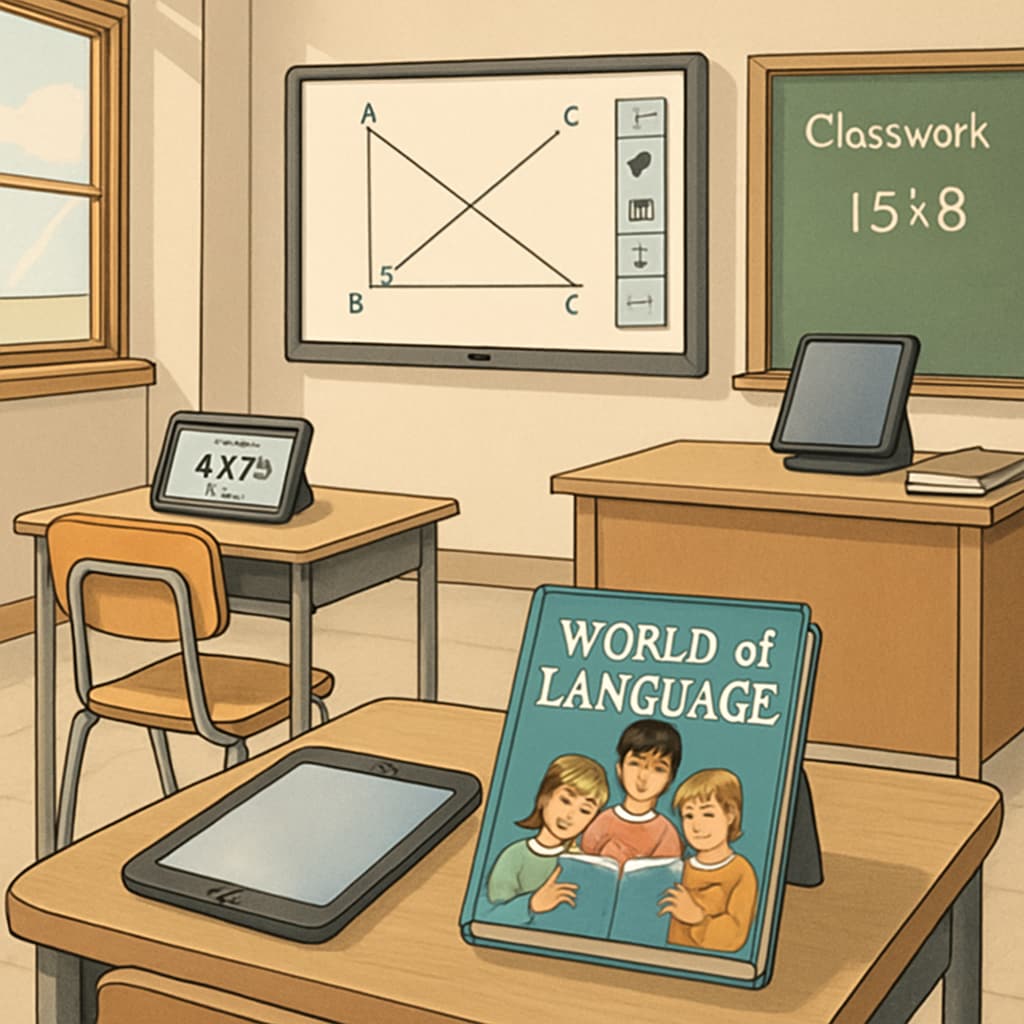The “World of Language” textbook series was a cornerstone of elementary language education during the 1980s and 1990s. Known for its creative approach to teaching English language concepts, it became a beloved resource for teachers and students alike. Particularly memorable was the third-grade edition, featuring a charming cat illustration on its cover. This iconic series not only fostered foundational language skills but also left lasting impressions on countless learners who grew up during this era.

What Made “World of Language” Stand Out?
The “World of Language” series excelled in its ability to blend structure with creativity. Unlike traditional grammar books, its lessons were designed to engage young minds through storytelling, visual aids, and interactive exercises. For example, the third-grade edition with the cat illustration incorporated relatable scenarios that helped children understand grammatical concepts in context. As a result, students were not just memorizing rules but were actively applying them in meaningful ways.
Key features of the series included:
- Illustrations that captured the attention of young learners.
- Clear and concise explanations of complex language rules.
- Interactive exercises promoting critical thinking and creativity.
- A progressive structure that built on prior knowledge.
These elements helped establish “World of Language” as a trusted resource in elementary language education.
Lessons for Modern Education
In today’s world of abundant education resources, the legacy of “World of Language” serves as a reminder of the importance of thoughtful curriculum design. Modern educators can learn from its balance between engagement and rigor, as well as its ability to connect academic concepts with real-world applications. Although teaching tools have evolved with technology, the principles underlying the success of this series remain relevant.
For example, contemporary digital platforms can incorporate interactive storytelling or gamified exercises inspired by the methods used in “World of Language.” In addition, the emphasis on progression, where each lesson builds on the previous one, continues to be a foundational practice in effective language education.

A Nostalgic Look Back
For those who grew up with “World of Language,” flipping through its pages today can evoke a sense of nostalgia. The charming illustrations, engaging exercises, and structured yet flexible learning approach remain timeless. Revisiting such materials can also provide insights into how foundational education has shaped modern teaching philosophies. While newer resources may dominate the market, the enduring value of “World of Language” is a testament to the careful thought and creativity that went into its design.
If you’re interested in exploring the history of elementary education and language teaching, resources like the Wikipedia page on Education in the 1980s and the Britannica entry on Language Education provide valuable context.
In conclusion, the “World of Language” series not only shaped language education for a generation of learners but also continues to inspire educators and curriculum designers today. Its legacy is a reminder of the power of creative and thoughtful teaching resources.
Readability guidance: Short paragraphs and lists keep the content accessible. Transition words like “however,” “therefore,” and “for example” ensure smooth reading flow. Passive voice is minimized, and active voice is prioritized for clarity.


